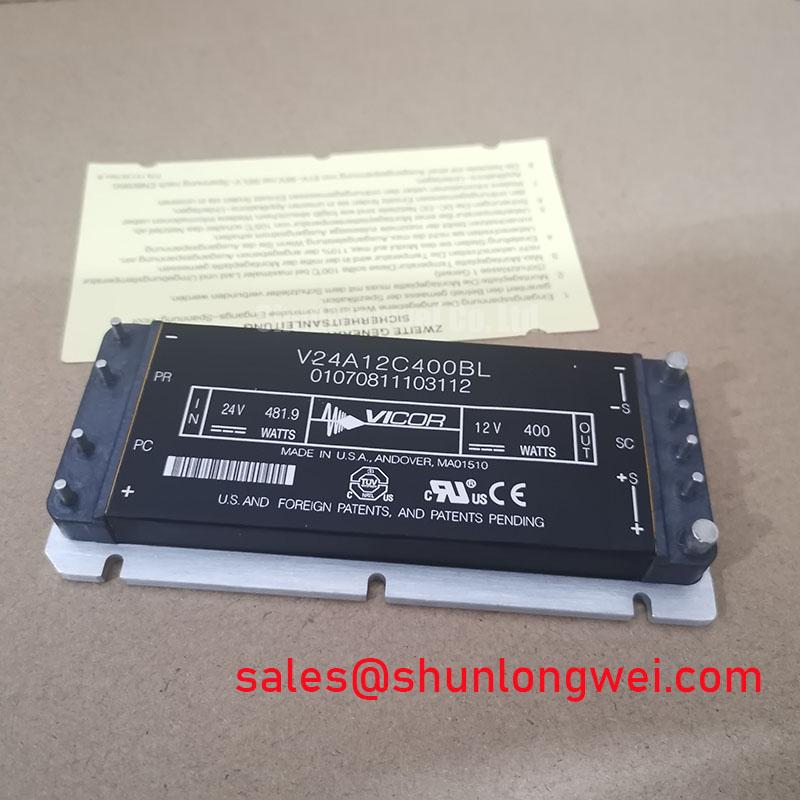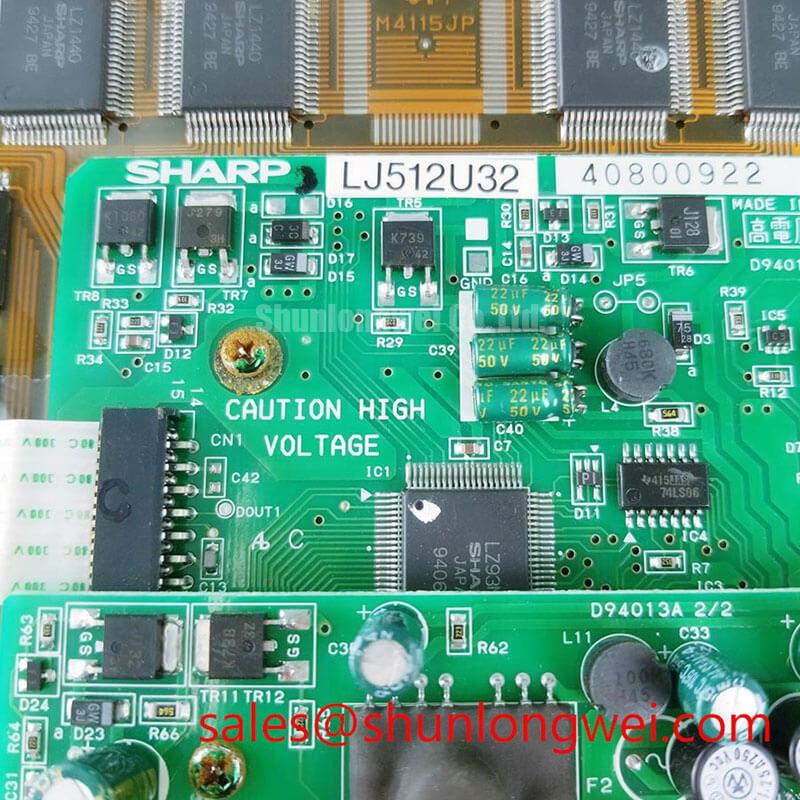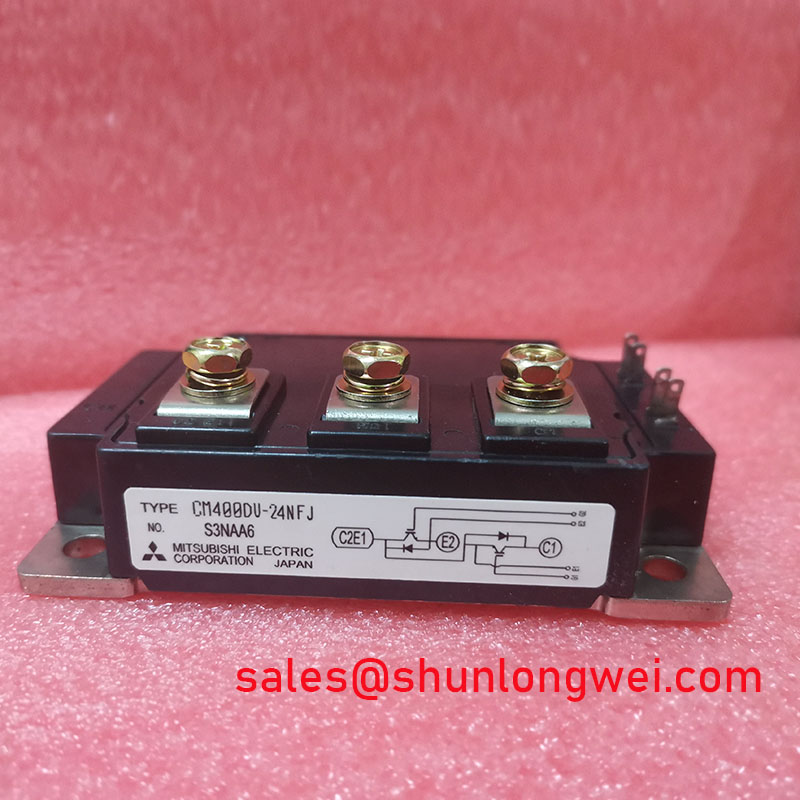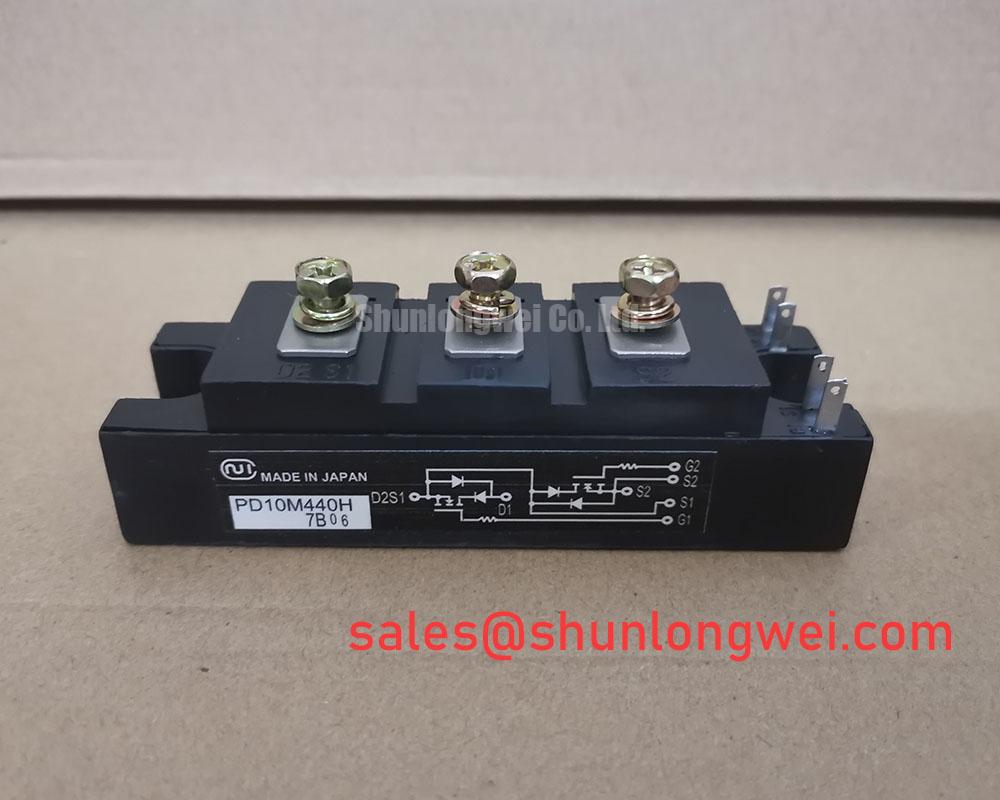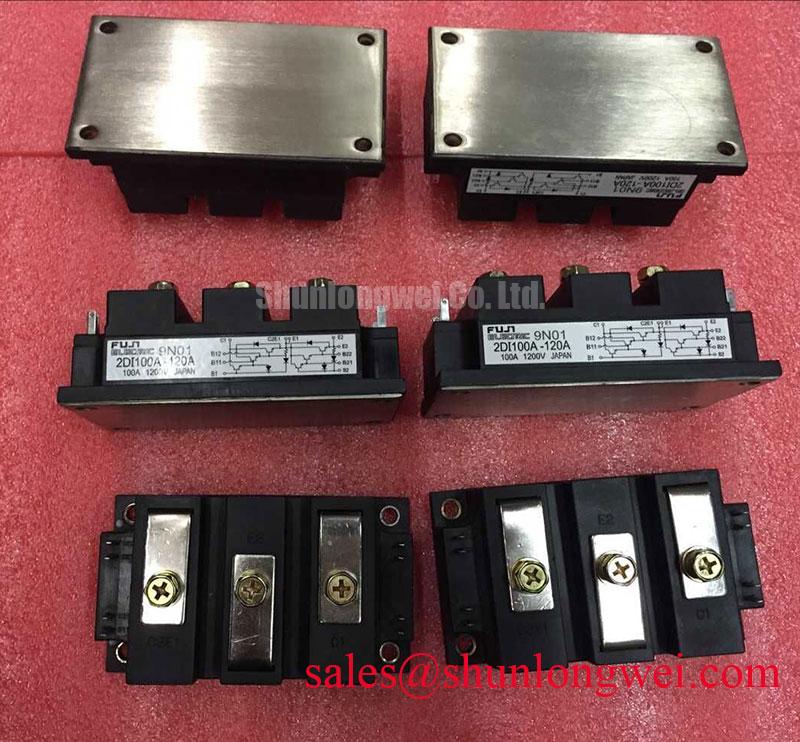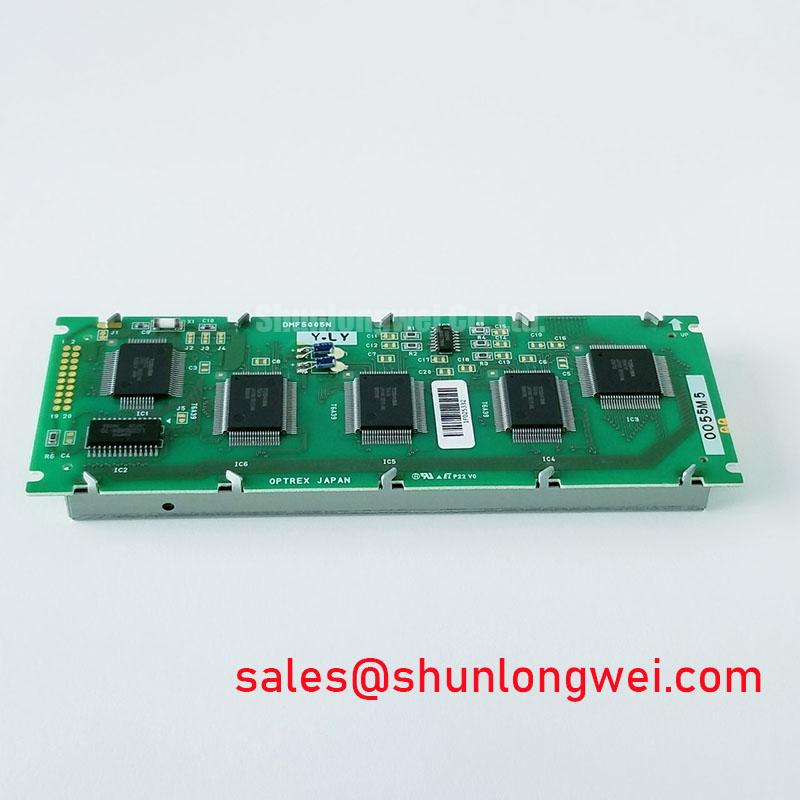Content last revised on October 24, 2025.
Vicor V24A12C400BL Maxi DC-DC Converter Module
Product Overview: High-Density 400W Power Conversion
The Vicor V24A12C400BL is a high-density, isolated DC-DC converter module engineered to deliver robust performance in demanding applications. Delivering up to 400W of output power, this module provides a tightly regulated 12V output from a wide-range 24V nominal input. Key specifications include: 18V–36V Input | 12V @ 33.33A Output | 400W Power. This component leverages advanced zero-current and zero-voltage switching topologies to achieve exceptional efficiency and power density. Its integrated protection features simplify system design, while its compact footprint enables significant space savings. For systems requiring a robust 400W of isolated 12V power from a fluctuating 24V source, the V24A12C400BL is the optimal choice for maximizing power density.
Key Parameter Overview
Decoding Key Specifications for System Performance
The performance of the V24A12C400BL is defined by a set of parameters critical for system-level design. The following table highlights the specifications that directly influence efficiency, thermal management, and application flexibility. Understanding these values is the first step in integrating this power module for optimal and reliable operation.
| Parameter | Value | Engineering Significance |
| Output Power | 400 W | Provides substantial power for driving complex loads like controllers, motors, and communication systems. |
| Input Voltage Range | 18V – 36V DC | Ensures stable operation from unregulated 24V industrial buses or battery power sources, enhancing system resilience. |
| Efficiency | Up to 88.3% (Typical) | Minimizes waste heat, allowing for smaller heatsinks, higher ambient operating temperatures, and improved system reliability. |
| Isolation Voltage | 3000V DC | Guarantees safety and noise immunity between the input and output, critical for applications requiring SELV compliance. |
| Package Size | 4.6" x 2.2" x 0.5" (117 x 55.9 x 12.7 mm) | Delivers high power in a standard full-brick footprint, maximizing power density and saving valuable board space. |
| Operating Baseplate Temp. | -20°C to 100°C | The wide operating range ensures dependable performance in harsh industrial and outdoor environments. |
Download the V24A12C400BL datasheet for detailed specifications and performance curves.
Application Scenarios & Value
System-Level Advantages in Demanding Power Architectures
The Vicor V24A12C400BL is engineered for applications where power density, efficiency, and reliability are non-negotiable. Its robust design makes it an excellent fit for Distributed Power Architectures (DPA) across various industries.
High-Fidelity Engineering Scenario: Consider the design of a mobile industrial robot or an Autonomous Guided Vehicle (AGV). The primary constraints are battery life and physical space. The V24A12C400BL's high efficiency of up to 88.3% directly translates to longer operational uptime by drawing less current from the battery pack, reducing energy waste as heat. Its compact full-brick package frees up critical chassis space, allowing for the integration of more sensors or a larger payload. The wide 18-36V input range easily accommodates the voltage sag that occurs as the vehicle's battery discharges, ensuring consistent power to the sensitive PLC and motor drive controllers until the battery is fully depleted. What is the key benefit of its high power density? A significant reduction in required system footprint and weight.
Core applications include:
- Industrial Automation: Powering PLCs, motor drives, and control systems on the factory floor.
- Telecommunications: Providing isolated 12V power in 24V distributed power systems.
- Transportation and Heavy Equipment: Supplying stable power to onboard electronics and communication gear in environments with unstable power sources.
- Defense and Aerospace: Suitable for rugged systems where space, weight, and reliability are paramount.
Technical Deep Dive
Inside the High-Frequency Switching Core: The Engine of Efficiency
The exceptional power density of the Vicor V24A12C400BL is not achieved by chance; it is a direct result of its advanced converter topology. This module utilizes a high-frequency, soft-switching technique—specifically Zero-Current Switching (ZCS) and Zero-Voltage Switching (ZVS). This design is fundamentally different from traditional "hard-switched" converters.
Think of the switching process like a light switch. A conventional converter turns the switch on and off while high current is flowing, creating a "spark" of wasted energy with each flick. This ZCS/ZVS topology, however, intelligently waits for the precise moment when current or voltage crosses zero to activate the switch. This is akin to flipping the switch only when no electricity is flowing, eliminating the wasteful spark. This near-lossless switching allows the converter to operate at much higher frequencies without incurring massive efficiency penalties. The primary benefit is that higher frequencies enable the use of significantly smaller magnetic components (transformers and inductors), which are the bulkiest parts of a converter. This is the core principle that allows 400 watts of power to be processed in such a compact module, directly contributing to its industry-leading power density.
Frequently Asked Questions (FAQ)
How does the efficiency of the V24A12C400BL impact thermal design?
The high efficiency (up to 88.3%) directly reduces the amount of power dissipated as heat. For a system designer, this means a smaller, lighter, and lower-cost heatsink is required to maintain the baseplate temperature within its 100°C limit. In some convection-cooled applications, it can even reduce or eliminate the need for forced-air cooling, leading to a more reliable and quieter end product.
What is the significance of the wide 18V to 36V input voltage range?
This range provides crucial design flexibility and system robustness. It allows the module to operate reliably from a 24V nominal source that may experience significant voltage drops (down to 18V) or surges (up to 36V), which is common in battery-powered systems or long industrial DC power buses. This eliminates the need for upstream pre-regulators, simplifying the overall power system design and reducing component count.
Can the V24A12C400BL be operated in parallel for higher power output?
Yes, Vicor's Maxi series modules are designed for easy paralleling to create high-power arrays or to implement N+1 redundancy for fault-tolerant systems. They feature a single-wire current-sharing function that ensures each module carries an equal portion of the load, preventing stress on any single unit and enhancing the reliability of the overall power system. What is the benefit of its single-wire paralleling? It simplifies the implementation of scalable and redundant power systems.
What are the primary protection features integrated into the module?
The V24A12C400BL includes a suite of onboard protection features to enhance system safety and reliability. These typically include input undervoltage lockout to prevent operation with insufficient input voltage, output overvoltage protection to safeguard the load, and thermal shutdown to protect the module from overheating conditions. These integrated functions reduce the need for external protection circuitry.
For designers working on next-generation industrial or mobile systems, integrating a power component like the V24A12C400BL provides a strategic advantage. Its combination of high efficiency and power density is not just a performance metric; it's an enabler for creating smaller, more capable, and more reliable products. Adopting such component-level power solutions accelerates the design cycle and allows engineering teams to focus on their core application logic, rather than complex power supply design. For further exploration of power component selection, see this guide on voltage, current, and thermal management.


